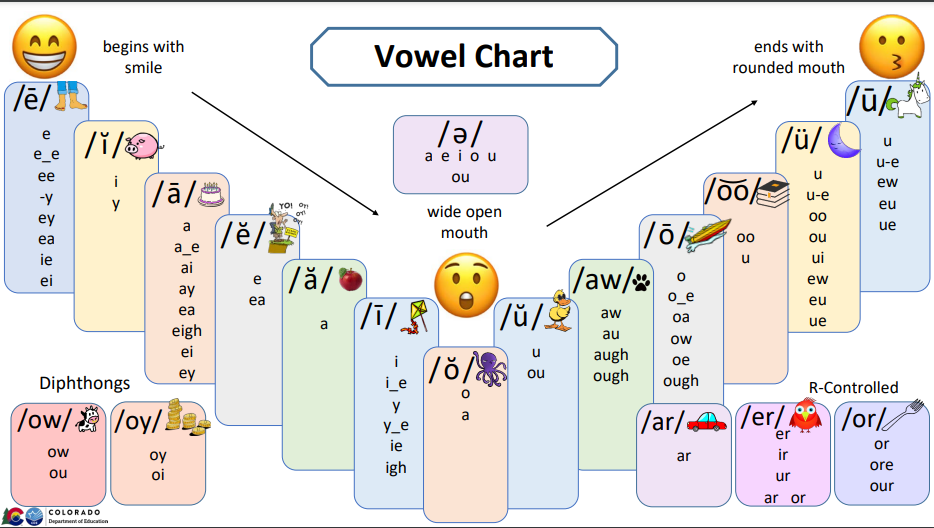You are here
Sound Wall and Spelling Resources
Sound Walls: Using the Science of Reading to Help Students Spell Video
This video on Sound Walls presented by the Pennsylvania Training and Technical Assistance Network (PaTTAN) walks teachers through the reasons for and how to set up a sound wall in the classroom. The video covers how learners perceive words, what a word wall is and how it is organized, the limitations of a word wall, and finally sound walls and how to incorporate sound walls in the classroom.
Sound Wall Cards
Printable sound wall cards to use in your classroom. Watch the presentation above by Pennsylvania Training and Technical Assistance Network and learn how to create a sound wall in your classroom, how to incorporate it into your instruction, and how to teach your students to use this as a spelling tool. There is a basic version of the sound wall cards that include the most common orthographic patterns, a more advanced version that includes more advanced spelling patterns, and a placemat or desktop version.

Most Frequent Spelling for Each Phoneme
This resource provided by Dr. Bruce Murray, Professor of Reading Education at the Auburn University, gives the top spellings for phonemes and percentage of occurrence. Understanding the frequency of spelling patterns can help both teachers and students when thinking about phoneme/grapheme correspondences.
Teaching Schwa
Schwa is the most common vowel sound in the English language and can be spelled with any of the vowel letters. In English, the vowel in an unstressed or unaccented syllable often reduces to schwa. Vowel reduction and schwa are prominent features of English. This resource covers what schwa is, why it's important to teach, and signs that a student might be struggling with the concept.
Common Spelling Rules
Phonics instruction teaches how the 26 letters represent 44 sounds in the English language. Quality phonics instruction includes encoding (spelling) practice as well as learning spelling patterns and rules. Learning that there are predictable relationships between sounds and letters allows students to apply these concepts and read and spell both familiar and unfamiliar words. This resource includes some common spelling rules and the explanation of why the rule works.
Web Link Disclaimer
Because of their potential interest or usefulness to the education community or the general public, the Colorado Department of Education (CDE) occasionally provides links from this site to external web sites. It attempts to monitor such links on a regular basis. However, the Department cannot be responsible for the content of any site external to its own.
Further, by linking to other sites, CDE is not endorsing any particular product, practice, service, provider or institution, nor does it necessarily endorse views expressed or facts presented on these sites.
In addition, neither CDE nor any of its employees makes any warranty, express or implied, or assumes any legal liability for the accuracy, completeness, or usefulness of any information linked to from this site.


Connect With Us





